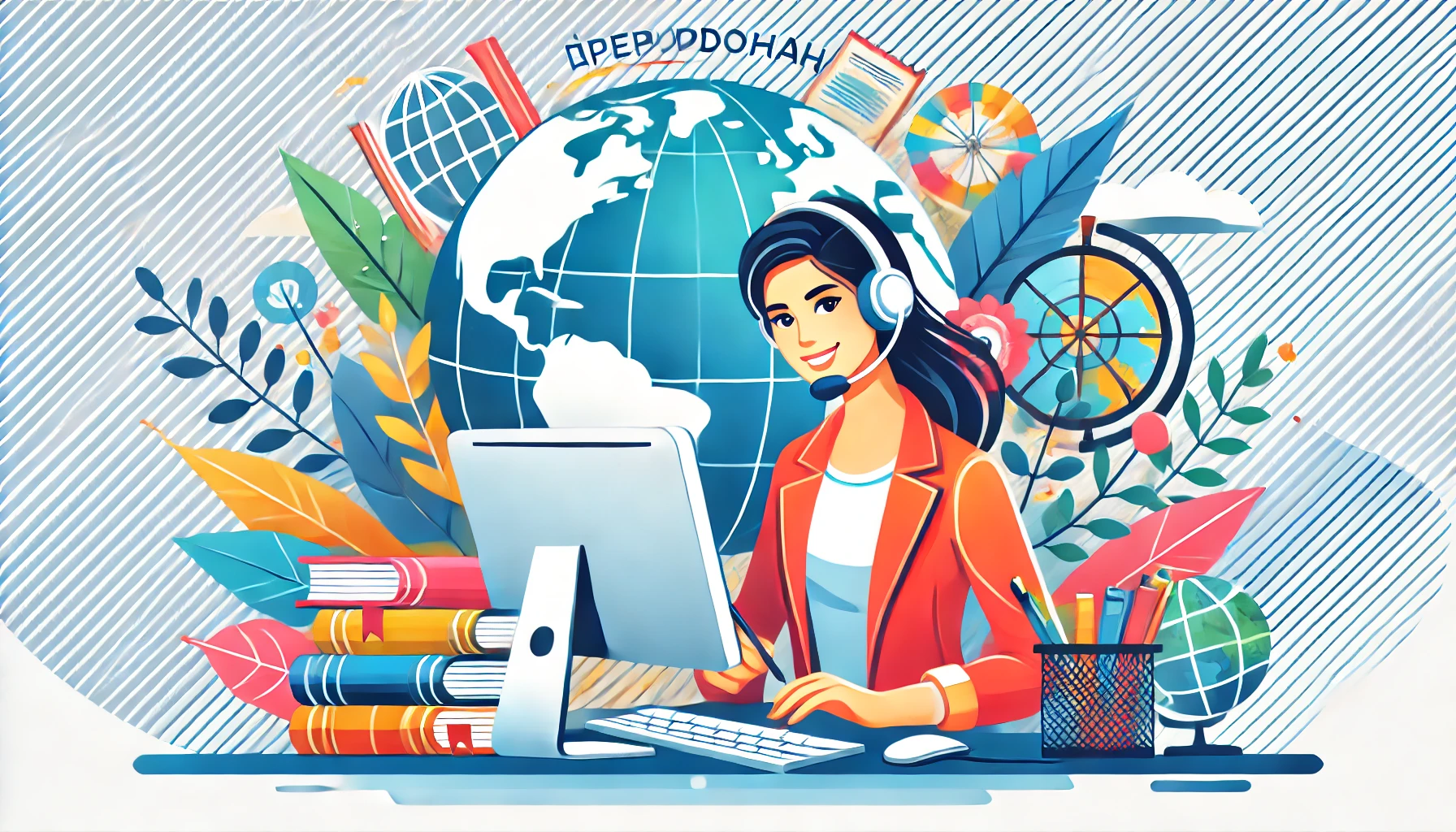Imagine trying to communicate in a foreign country without knowing the language. It’s like playing charades with words. That’s where “превоодач” (translator) comes in, making sense of the chaos and bridging language gaps. This blog post explores the fascinating world of translation, its types, the skills required, and the tools used, all while keeping things light and engaging. Let’s dive in!
What is “превоодач”?
“Превоодач” refers to a translator, someone who converts text or speech from one language to another. Translation has been around since ancient times when bilingual scribes helped kings and merchants understand foreign tongues. Fast forward to today, translation has evolved into a sophisticated profession aided by technology.
Types of Translators
Human Translators
Human translators are the OGs of the translation world. They bring a deep understanding of language and culture, making them essential for nuanced translations. They specialize in areas like legal, medical, technical, and literary translation, ensuring accuracy and context.
Machine Translators
Machine translators, powered by AI and algorithms, are like the robots of the translation world. They work fast and are great for straightforward tasks but can stumble over idioms and cultural references. Think of them as your language dictionary with a turbo boost.
Hybrid Translators
Hybrid translators combine the best of both worlds—human expertise and machine efficiency. They use machine translation for initial drafts, followed by human refinement. This approach is perfect for handling large volumes of text with precision.
Key Skills for Successful Translators
Linguistic Proficiency
A successful “превоодач” needs to be a language whiz. Mastery in both source and target languages is crucial. It’s not just about knowing words but understanding how to convey meaning accurately.
Cultural Knowledge
Knowing the culture behind the language is like having a secret ingredient. It helps in capturing nuances and avoiding misunderstandings. A good translator knows that “breaking a leg” in English isn’t meant literally.
Attention to Detail
Translation is all about precision. A missed detail can change the entire meaning of a text. Translators need eagle eyes to catch every nuance and ensure consistency.
Continuous Professional Development
The world of language is always evolving. Successful translators keep learning through training, certifications, and networking. It’s like a never-ending quest for linguistic mastery.
The Art of Accurate Translation
Translation is a balancing act. Literal translation sticks to the original text, while free translation captures the essence. The best translations find a sweet spot, ensuring the message is clear and engaging.
Context is king in translation. Understanding the cultural backdrop ensures the translation is relevant and respectful. It’s about making sure your text feels native in the target language.
Translators often trip over idioms, jargon, and consistency issues. Knowing these pitfalls helps in navigating the tricky terrain of translation. It’s like avoiding potholes on a smooth linguistic journey.
Tools and Technologies in Translation
Translation Software
Translation software, like CAT tools (Computer-Assisted Translation), helps translators work faster and smarter. They offer features like translation memory and terminology databases, ensuring consistency.
Glossaries and Databases
Glossaries and databases are a translator’s best friends. They store terminology and previous translations, making sure the current work is consistent and accurate.
Automated Translation Checks
Automated tools help catch errors that might slip through human eyes. They ensure the translation is top-notch, acting as a safety net.
Challenges in Translation
Handling Cultural Nuances
Cultural nuances are like spices in a dish. Handling them well ensures the translation is flavorful and accurate. Translators use examples and solutions to navigate these subtle differences.
Dealing with Ambiguity
Ambiguity can be a translator’s nightmare. Strategies for clarity, like seeking context or consulting experts, help in turning vague texts into clear translations.
Keeping Up with Language Evolution
Languages are living entities that evolve over time. Translators need to stay updated with new terms and usages, ensuring their work is current and relevant.
Evaluating Translation Quality
Peer reviews and client feedback are crucial for maintaining quality. They provide insights and help in refining the translation, ensuring it meets high standards.
Automated tools complement human reviews, catching errors and ensuring consistency. They act as a double-check mechanism for quality assurance.
Feedback and errors are learning opportunities. Continuous improvement ensures translators keep honing their skills, delivering better translations over time.
Conclusion
Translators, or “превоодач,” play a vital role in our interconnected world. From bridging language gaps to ensuring cultural nuances are respected, they are the unsung heroes of communication. The future of translation looks bright with advancements in technology and continuous professional growth.





